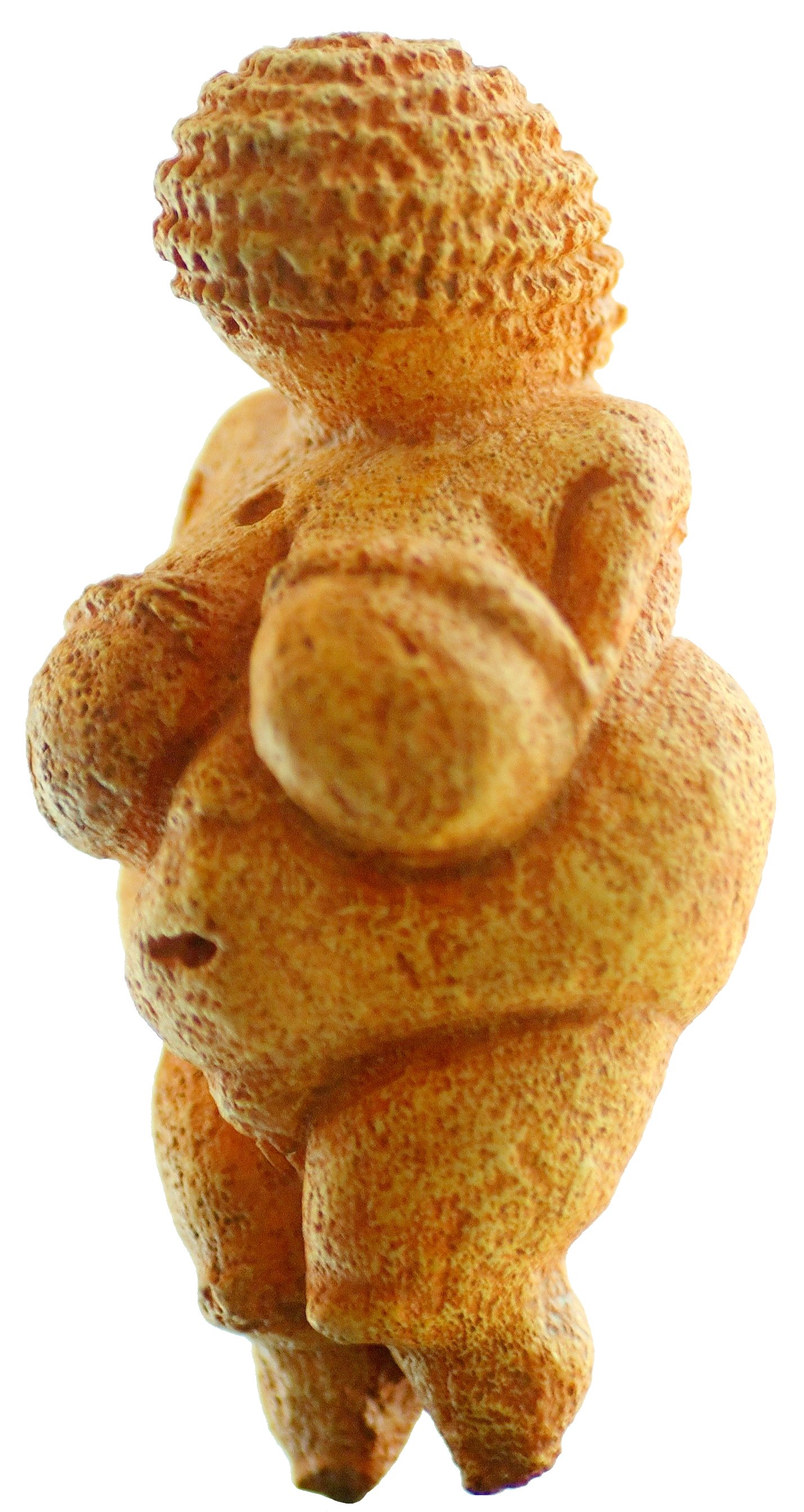For your first blog post, write a formal analysis on two artworks selected from the PDF created for this lecture.

A formal analysis includes an analysis of the forms appearing in the works you have chosen. These forms give the work its expression, message, or meaning. A formal analysis assumes a work of art is (1) a constructed object (2) that has been created with a stable meaning (even though it might not be clear to the viewer) (3) that can be ascertained by studying the relationships between the elements of the work. To aid in writing a formal analysis, you should think as if you were describing the work of art to someone who has never seen it before. When your reader finishes reading your analysis, she/he should have a complete mental picture of what the work looks like. Yet, the formal analysis is more than just a description of the work. It should also include a thesis statement that reflects your conclusions about the work, and particularly one that puts the two artworks into conversation with each other. The thesis statement may, in general, answer a question like these: What is the message that this work or artist sends to the viewer? What is this work all about? The thesis statement is an important element. It sets the tone, and sets it apart from being a merely descriptive writing.
You must make sure that your artworks do not overlap with anyone else’s and so you must work out a system for the claiming of the works.

Woman from Willendorf. Austria. Limestone, height 4 3/8” (11cm) c. 24,000 B.C.E – 22,000 B.C.E.
An artwork such as the Woman from Willendorf, for example, might lead you to talk about the rounded figure, the lack of facial features and the over-enlarged breasts and vulva. This emphasis on female productive organs gives credit to a culture that is focused or at least highly interested in fecundity and sexual reproduction. After some research, you might learn that this figure is believed to be associated with fertility, which was considered to be central to the culture that produced it, and its small size lent itself to fit perfectly within the palm of the hand, indicating that it was meant to be held by people. To see more, check out this video from Khan Academy:

The Venus of Laussel, 1 ½ foot, Limestone with ochre. 25,000-20,000 BCE
The rounded female figurine that was sculpted in the round, out of one piece of stone is quite different from this Venus of Laussel, which is a relief sculpture, meaning that the image is carved into the surface of a stone background. Like the Woman of Willendorf, the Venus of Laussel also has enlarged breasts, stomach, and an indistinct face which indicates an interest in fertility.
Although both work depict fertile women, the Venus of Laussel has an additional horn or moon-shaped object, held in the her right hand, with thirteen notches. Art historians have proposed that this signifies the thirteen moons of the year, indicating the link between the female and lunar energy, which is associated with menstruation cycles. This is further underscored by the red ochre pigment that is smeared across the rock’s surface, which many have linked to the symbolic representation of menstrual blood.
Different images from this time period or culture will prompt different lines of inquiry, of course. So choose an image that appeals to you and start digging. Some of you may want to learn more about the context of the work, but make sure that you do not lose site of the image your are analyzing. Your textbook is the best place to start learning about your topic, but you may consult and cite any other reliable source as well. Check out the collection of online sources on topics by choice on this Google Doc, or any books you might find in the library. Just make sure to link to it or cite it in your post.
check out this video from Khan academy or this Wikipedia page.